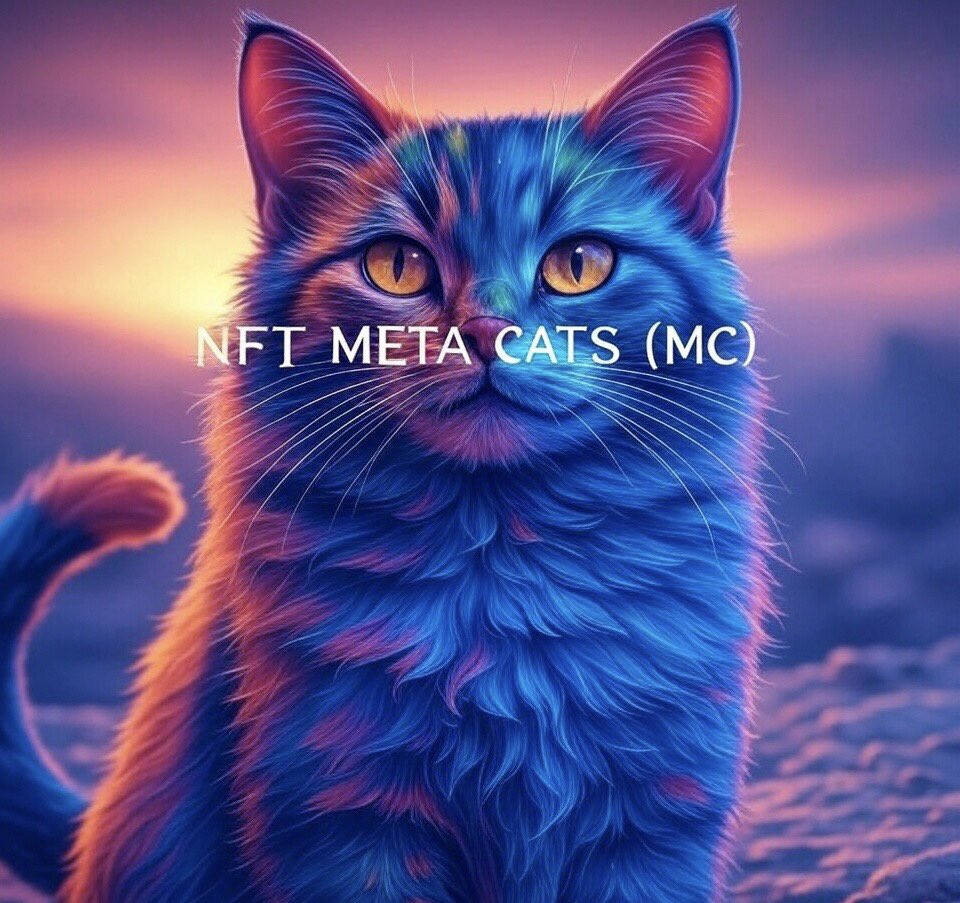The Shutdown of Reservoir’s NFT Services: A Deep Dive
In the dynamic world of cryptocurrency and non-fungible tokens (NFTs), change is the only constant. One of the most significant recent shifts was the unexpected shutdown of Reservoir’s NFT services. This move sent ripples through the crypto community, leaving many to wonder: why did Reservoir shut down its NFT services? To understand this, we need to delve into the intricacies of the NFT market, Reservoir’s business model, and the broader economic factors at play.
The Rise and Fall of NFTs
The NFT Boom
The NFT market experienced a meteoric rise in popularity, with digital art, collectibles, and virtual real estate fetching astronomical prices. Platforms like OpenSea, Rarible, and Foundation became household names, and new players like Reservoir entered the fray, promising innovative features and better user experiences. The allure of NFTs lay in their uniqueness, scarcity, and the potential for massive financial gains. However, as with any boom, the bust was inevitable.
The NFT boom was fueled by a combination of factors, including the COVID-19 pandemic, which drove people online and created a newfound interest in digital assets. Additionally, the rise of social media influencers and celebrities endorsing NFTs added to the hype. However, the market was also characterized by speculative behavior, with investors buying NFTs with the sole intention of flipping them for a quick profit.
The NFT Bust
The NFT market began to cool down as the initial hype subsided. Several factors contributed to this downturn:
Reservoir’s Business Model
Innovative Features
Reservoir differentiated itself by offering unique features such as advanced analytics, automated pricing, and seamless integration with various blockchain networks. These innovations attracted a loyal user base and positioned Reservoir as a formidable competitor in the NFT marketplace.
Reservoir’s advanced analytics provided users with valuable insights into market trends, helping them make informed decisions. The platform’s automated pricing feature ensured that NFTs were priced competitively, attracting both buyers and sellers. Additionally, Reservoir’s seamless integration with various blockchain networks made it easy for users to trade NFTs across different platforms.
Financial Struggles
Despite its innovative features, Reservoir faced significant financial challenges. The company had to contend with high operational costs, including server maintenance, developer salaries, and marketing expenses. Additionally, the competitive nature of the NFT market made it difficult for Reservoir to maintain a steady revenue stream.
Reservoir’s high operational costs were a result of its focus on providing a premium user experience. The platform invested heavily in server infrastructure to ensure fast and reliable transactions. Additionally, Reservoir employed a team of experienced developers to continuously improve the platform’s features and security. However, these investments came at a significant cost, making it difficult for the company to turn a profit.
Strategic Missteps
Reservoir’s leadership also made several strategic missteps that contributed to its downfall:
Economic Factors at Play
The Global Economic Slowdown
The global economic slowdown in the mid-2020s had a profound impact on the crypto and NFT markets. As disposable income decreased, investors became more risk-averse, leading to a decrease in NFT trading volumes. This economic downturn made it difficult for NFT marketplaces, including Reservoir, to sustain their operations.
The economic slowdown was a result of several factors, including the COVID-19 pandemic, geopolitical tensions, and increasing inflation. These factors led to a decrease in consumer confidence and a corresponding drop in spending. As a result, investors became more cautious, leading to a decrease in NFT trading volumes.
Regulatory Pressure
Governments worldwide began to impose stricter regulations on the crypto and NFT markets, raising concerns about money laundering, tax evasion, and consumer protection. These regulatory pressures increased operational costs and made it more difficult for NFT marketplaces to operate.
The increased regulatory scrutiny was a result of several high-profile incidents, including cases of money laundering and fraud. These incidents raised concerns about the security and transparency of the NFT market, leading governments to impose stricter regulations. These regulations increased operational costs for NFT marketplaces, making it more difficult for them to sustain their operations.
Environmental Concerns
The energy-intensive nature of blockchain technology drew criticism from environmental activists, tarnishing the image of NFTs. This negative publicity made it more difficult for NFT marketplaces to attract new users and maintain their existing user base.
The environmental concerns surrounding NFTs were a result of the energy-intensive nature of blockchain technology. The process of minting and trading NFTs requires significant computational power, which in turn consumes a large amount of energy. This energy consumption contributes to carbon emissions, raising concerns about the environmental impact of NFTs. As a result, environmental activists called for more sustainable alternatives, tarnishing the image of NFTs and making it more difficult for marketplaces to attract new users.
The Decision to Shut Down
Financial Viability
After careful consideration, Reservoir’s leadership concluded that the company was no longer financially viable. The combination of high operational costs, decreasing trading volumes, and regulatory pressures made it impossible for Reservoir to sustain its operations.
The decision to shut down was not an easy one, but it was necessary to ensure the long-term sustainability of the company. Reservoir’s leadership had explored several options, including cost-cutting measures and partnerships, but none of these options were viable in the long term. As a result, the leadership concluded that the best course of action was to shut down the NFT services and pivot to more sustainable business models.
Strategic Pivot
Rather than continuing to operate at a loss, Reservoir decided to shut down its NFT services and pivot to more sustainable business models. This strategic pivot allowed Reservoir to focus on areas with greater long-term potential, such as decentralized finance (DeFi) and blockchain infrastructure.
The decision to pivot was driven by several factors, including the increasing popularity of DeFi and the growing demand for blockchain infrastructure. DeFi offers the potential for significant financial gains, while blockchain infrastructure is essential for the development of new blockchain-based applications. By focusing on these areas, Reservoir aims to build a more sustainable and profitable business model.
The Future of NFTs
Lessons Learned
The shutdown of Reservoir’s NFT services serves as a cautionary tale for the crypto and NFT markets. It highlights the importance of financial sustainability, regulatory compliance, and community engagement.
The lessons learned from Reservoir’s shutdown include the need for financial sustainability, regulatory compliance, and community engagement. Financial sustainability is essential for the long-term success of any business, and NFT marketplaces are no exception. Regulatory compliance is also crucial, as failure to comply with regulations can result in significant penalties and increased operational costs. Finally, community engagement is essential for building a loyal user base and ensuring the long-term success of an NFT marketplace.
Opportunities Ahead
Despite the challenges, the NFT market still holds significant potential. As the technology matures and regulatory frameworks become clearer, new opportunities will emerge. Innovators in the space must learn from the mistakes of the past and focus on building sustainable, community-driven platforms.
The future of NFTs is uncertain, but there are several opportunities ahead. As the technology matures, new use cases for NFTs will emerge, including digital identity, supply chain management, and real estate. Additionally, as regulatory frameworks become clearer, it will be easier for NFT marketplaces to operate and attract new users. Finally, as the community becomes more engaged, it will be easier for NFT marketplaces to build a loyal user base and ensure their long-term success.
Conclusion: A New Dawn
The shutdown of Reservoir’s NFT services marks the end of an era, but it also signals the beginning of a new one. As the crypto and NFT markets continue to evolve, players must adapt and innovate to survive. The lessons learned from Reservoir’s rise and fall will shape the future of the industry, paving the way for more sustainable and community-driven platforms. The future of NFTs is uncertain, but one thing is clear: the journey is far from over.
The shutdown of Reservoir’s NFT services is a reminder of the challenges and opportunities that lie ahead for the crypto and NFT markets. As the technology matures and regulatory frameworks become clearer, new opportunities will emerge. Innovators in the space must learn from the mistakes of the past and focus on building sustainable, community-driven platforms. The future of NFTs is uncertain, but one thing is clear: the journey is far from over.
—
Sources:





